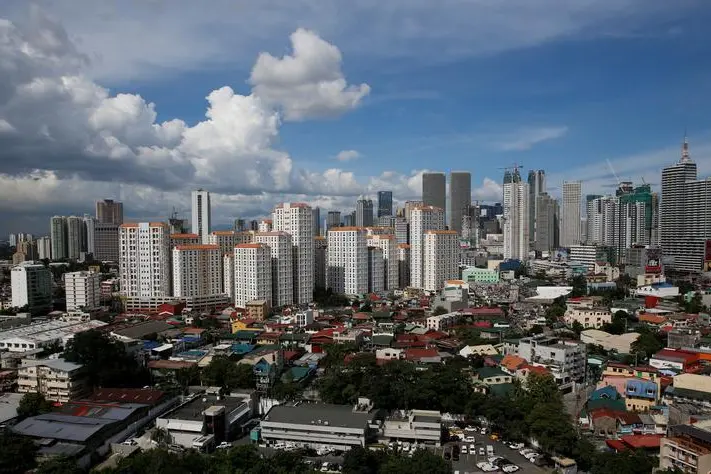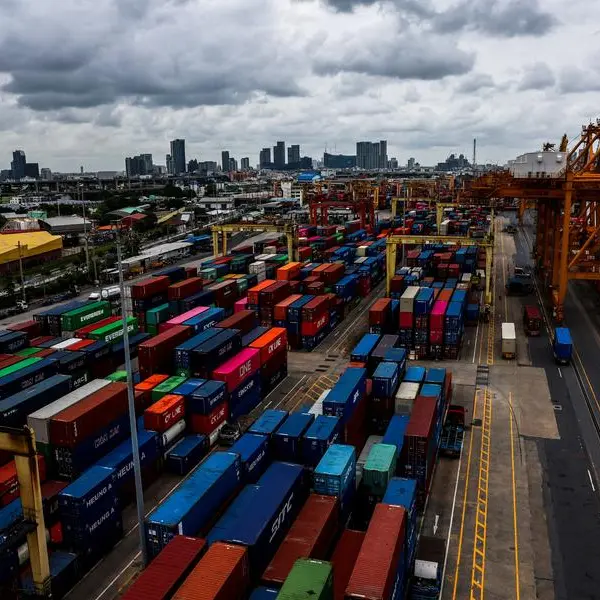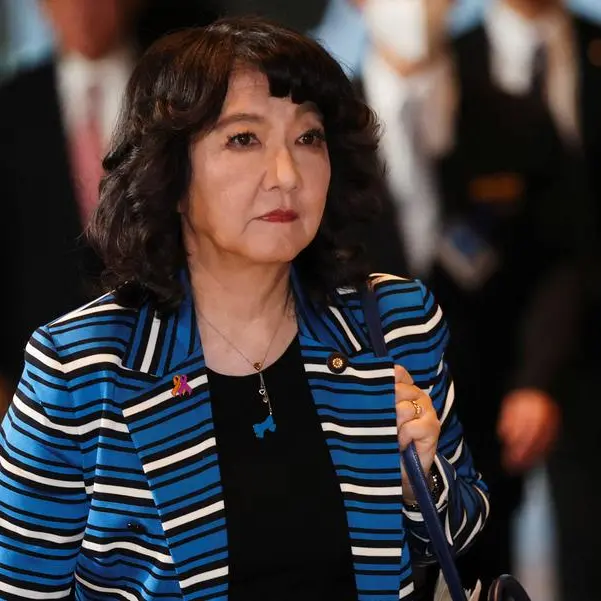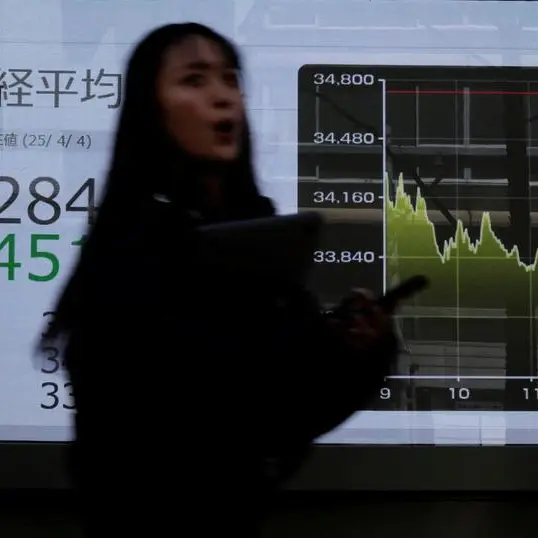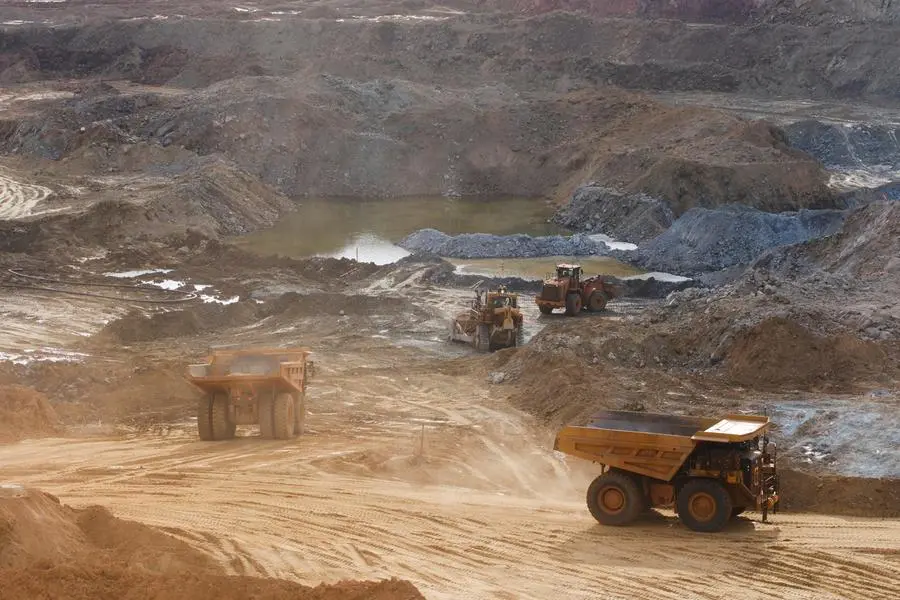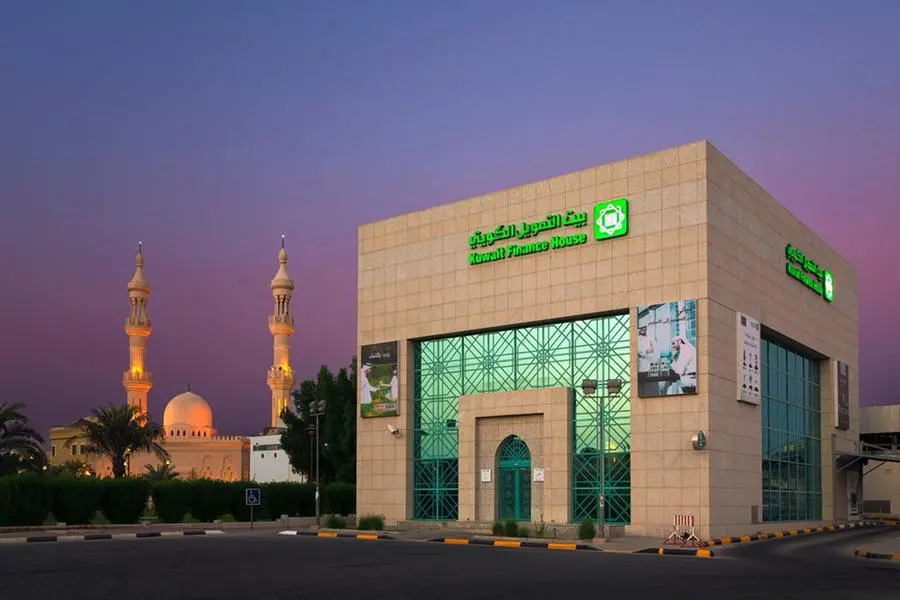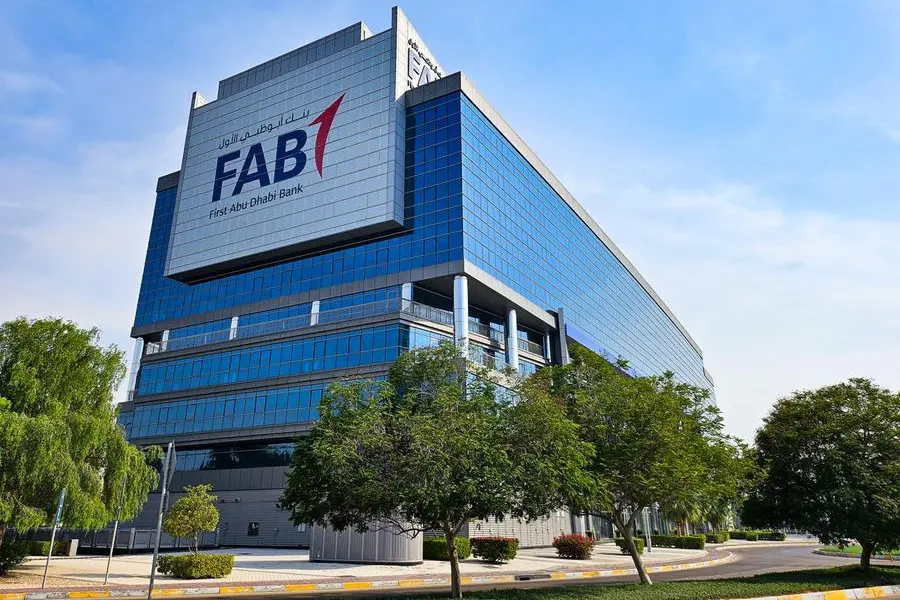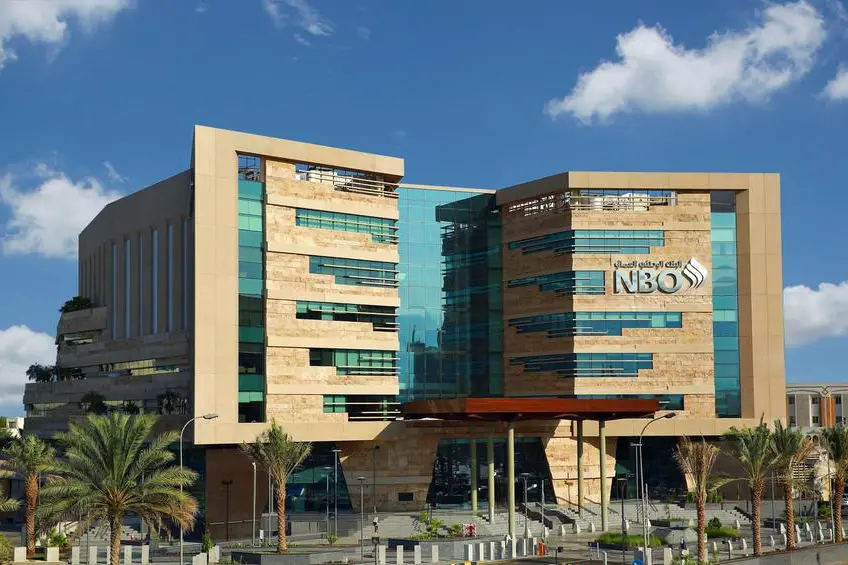PHOTO
The Philippines is facing a critical point in how the country shapes its energy future. The Malampaya gas field, which provides a large part of Luzon's energy needs, is depleting as stated in several reports. The International Monetary Fund (IMF) projected a six percent annual economic growth rate, coupled with massive infrastructure boom and a steady increase in population, according to reports. With the important role that power plays to support the economy, it is imperative to come up with definite solutions that will address the country's power supply challenges and diversify and reliable energy sources.
Nuclear energy is becoming a beacon that holds the promise of a sustainable, reliable, and economically viable source, and there is a global movement surrounding this case.
Recent news reports stated that South Korea released a blueprint of its energy mix for the next 15 years, revealing that the country plans to generate 70 percent of its energy from carbon-free sources, which include nuclear, by 2038. This is a significant increase from less than 40 percent in 2023.
In the United States, Bill Gates is spearheading the development of next-generation nuclear reactors, effectively demonstrating the viability and safety of advanced nuclear technology. According to reports, Gates' new venture, TerraPower, is putting forward a sodium-cooled fast reactor design, which offers improved safety features and more efficiency compared to water-cooled reactors.
Canada, meantime, is taking concrete steps in the paradigm shift in nuclear technology and formulated a national strategy for the research and development of Small Modular Reactors (SMR). A coalition was assembled to create a roadmap for the country, and an SMR Action Plan is guiding the government in its push towards the successful deployment of SMRs.
The Philippines should follow the same path as these countries and harness nuclear energy to address supply challenges in the country. Strides are being made, with the government, led by none other than President Marcos, actively pursuing international agreements to facilitate the adoption of nuclear technology. The signed 123 Agreement with the United States is a step towards this, as it lays the legal framework for potential nuclear power projects with US providers. Similar partnerships with other countries should also be made as these pave the way for capacity-building initiatives.
The Department of Energy (DOE) likewise established a dedicated nuclear energy division within the agency, tasked with the promotion, development, and implementation of plans and activities that aim to expand nuclear energy utilization in the Philippines. This proactive move ensures that there is focused effort on developing the necessary regulatory and operational expertise.
During a recent House Committee discussion, DOE stated that nuclear power is expected to start feeding into the grid by 2032 at the earliest, through the utilization of SMR technology. The Philippine Energy Plan details that it anticipates the deployment of eight small SMR units, each capable of producing 150 megawatts (MW), with a total nuclear energy output of at least 1,200 MW.
House Special Committee on Nuclear Energy chair Mark Cojuangco is batting for increased nuclear output, highlighting the important role of nuclear energy in attaining economic development as it provides stable electricity output capable of meeting the country's increasing demand.
The country's biggest energy distribution utility, Meralco, has also been advocating the call to utilize nuclear technology and on numerous occasions had proven its support for the government's targets.
In November last year, Meralco and United States-based Ultra Safe Nuclear Corp. (USNC) signed a cooperative agreement to conduct a feasibility study for the potential deployment of micro-modular reactors (MMRs) in the country to provide affordable, reliable, and clean energy, particularly to underserved and off-grid areas.
Recently, Meralco chief operating officer Ronnie Aperocho said the firm is already 'wrapping up' the feasibility study in partnership with USNC. In a news report, Aperocho said that, '(We would want) to have some sort of proof of concept to convince the Filipino people that nuclear energy is a safe, reliable, cheap, and clean source of base load power which our country badly needs.' Aperocho also indicated that the company's goal is to build a micro modular reactor with a capacity of five to 15 MW.
Aside from this, Meralco is also set to send at least five Filipino interns and scholars overseas to facilitate learning about nuclear energy under the Filipino Scholars and Interns on Nuclear Engineering or FISSION program. The scholars are expected to return to the Philippines by 2027 or 2028 and be reintegrated into the firm's nuclear energy project by that time.
The integration of nuclear power into the country's energy mix is mired with challenges, including regulatory hurdles and, admittedly, perception issues, as these bring back discussions of the mothballed Bataan Nuclear Power Plant, with criticisms ranging from maintenance costs to safety issues.
These must be addressed objectively, ensuring the public that there are safeguards that prioritize the safety of the people and the environment. These, along with the proactive actions taken by the government and private sectors, will facilitate the country's seamless transition to a better energy environment, with nuclear power serving as a key enabler. In addition to guaranteeing energy security, this will raise the Philippines' appeal as a location for global investment, spurring economic expansion and raising the standard of living for its people.
Copyright © 2022 PhilSTAR Daily, Inc Provided by SyndiGate Media Inc. (Syndigate.info).
